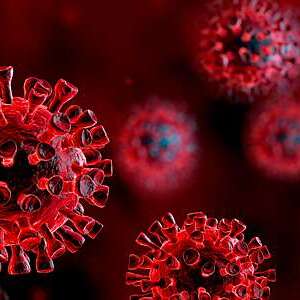Scientists have described the coronavirus mechanism capable of “hacking” human cells
Scientists from the University of California and the Texas Center for Advanced Computing have discovered a new receptor most responsible for infecting human cells with the CORONAVIRUS. This is reported in an article published in the journal Nature Chemistry.
Scientists have built more than 300 models of the mechanism of molecular “hacking” of the cell by the coronavirus. They were able to discover a new mechanism of action for the N343 glycan receptor, which switches the receptor-binding domain (RBD) of the S-protein to an open position, thereby "opening" the spike of the virus and infecting humans. RBD is a protein structure specific to the SARS-CoV-2 virus.
If the glycan “gates” are blocked, then this will prevent the penetration of the coronavirus into the cell. Thus, N343 is the pivot that provides access to the host cell's ACE2 receptor (this receptor is the point of entry into the cell for coronaviruses).
Scientists explained that the “disclosure” of the covid-19 spike in the human body occurs in hundreds of nanoseconds (one nanosecond is one billionth of a second). "Our work points to a key role for the N343 glycan in spike opening and provides new insight into the mechanisms of viral infection for this pathogen," the researchers concluded.
Scientists evaluate the effectiveness of vaccination against severe COVID-19 Society

